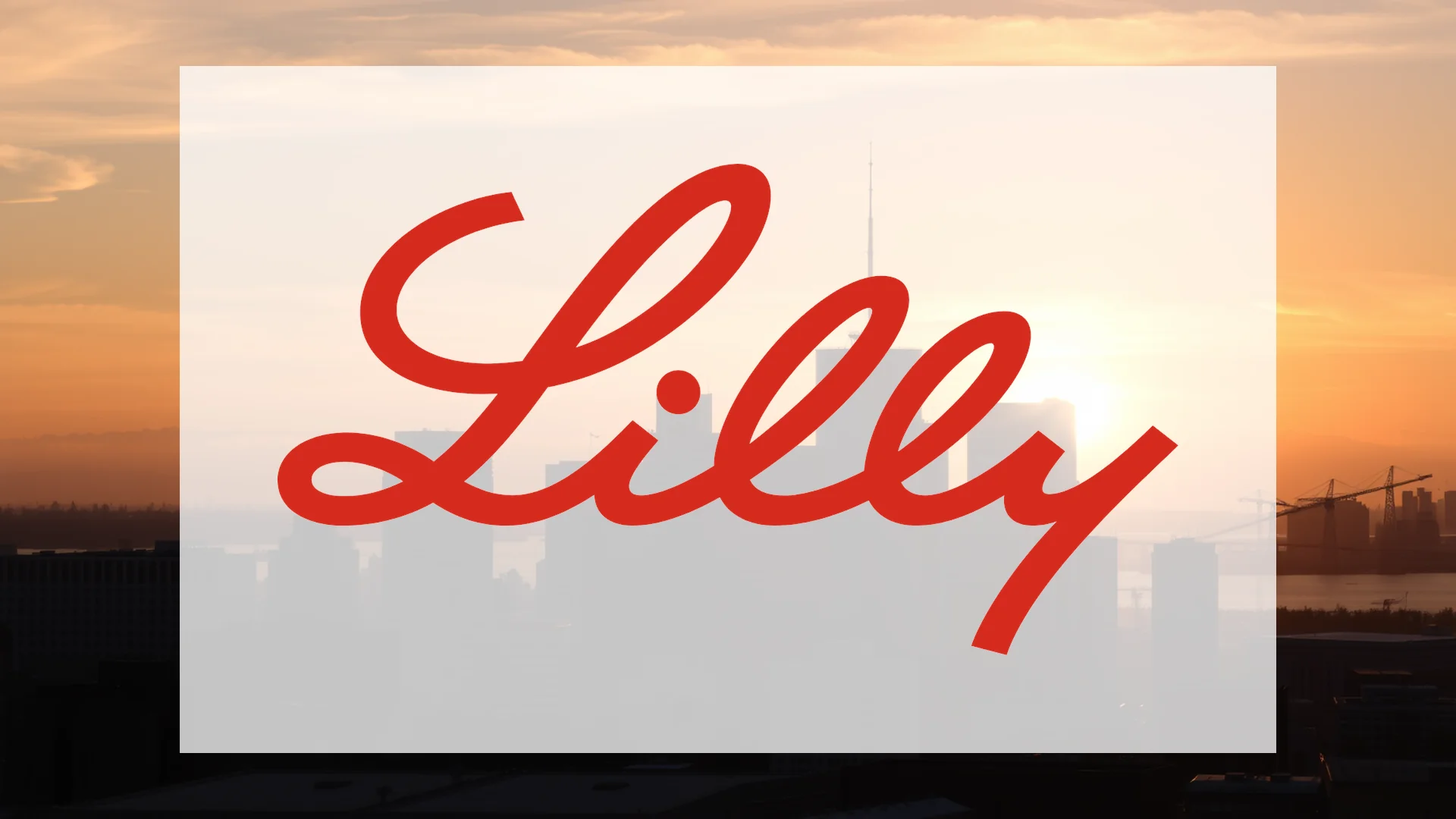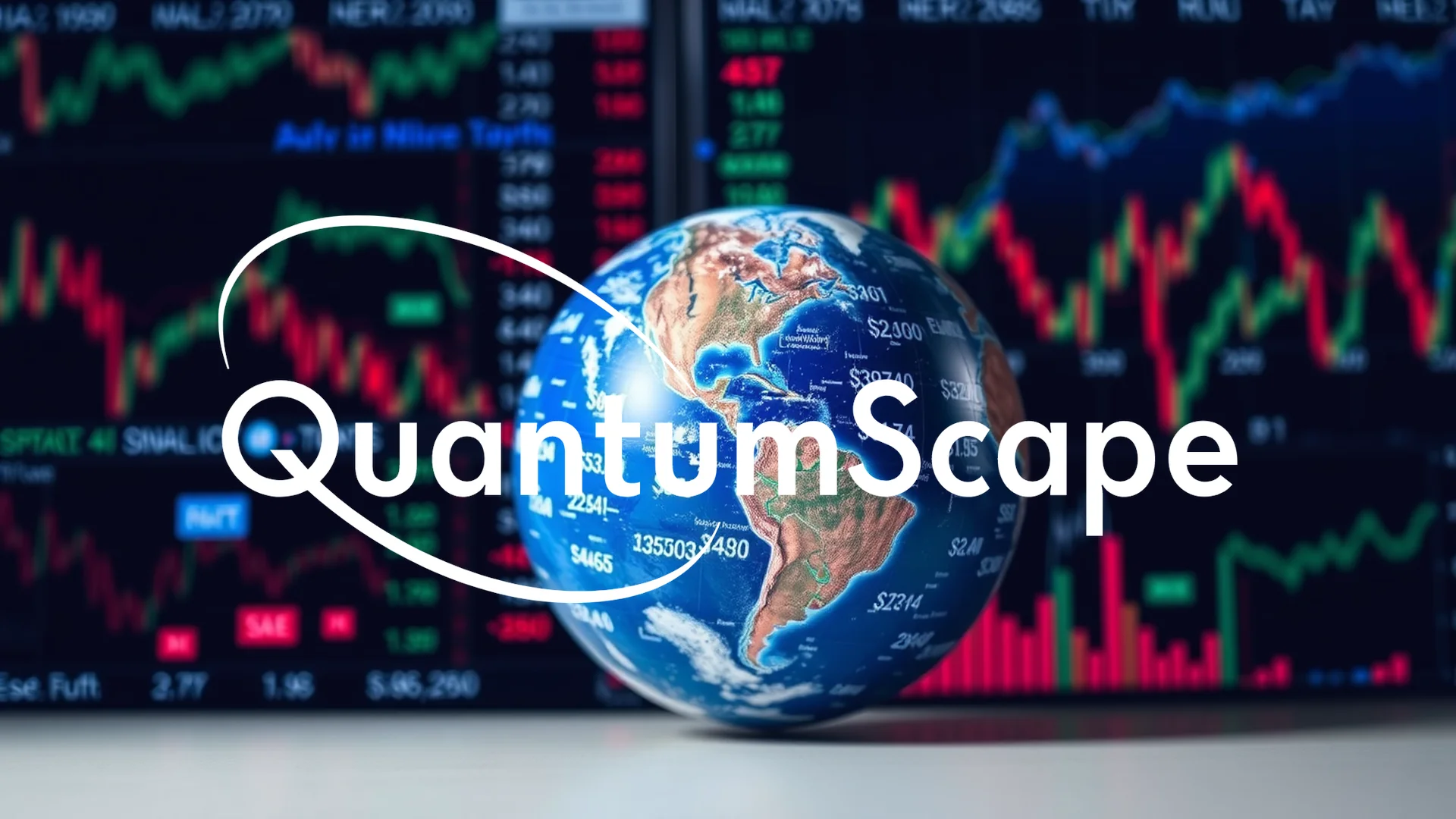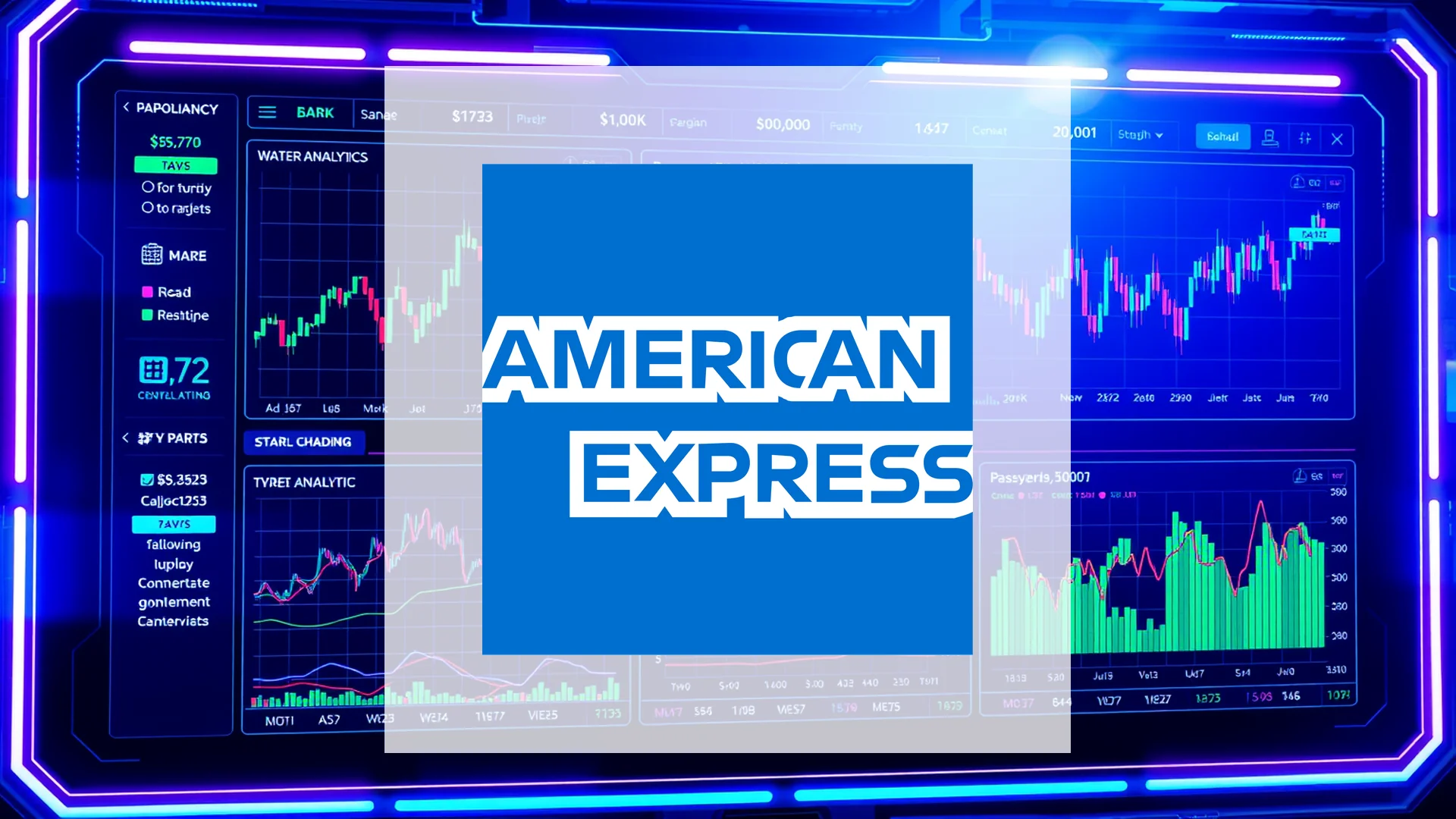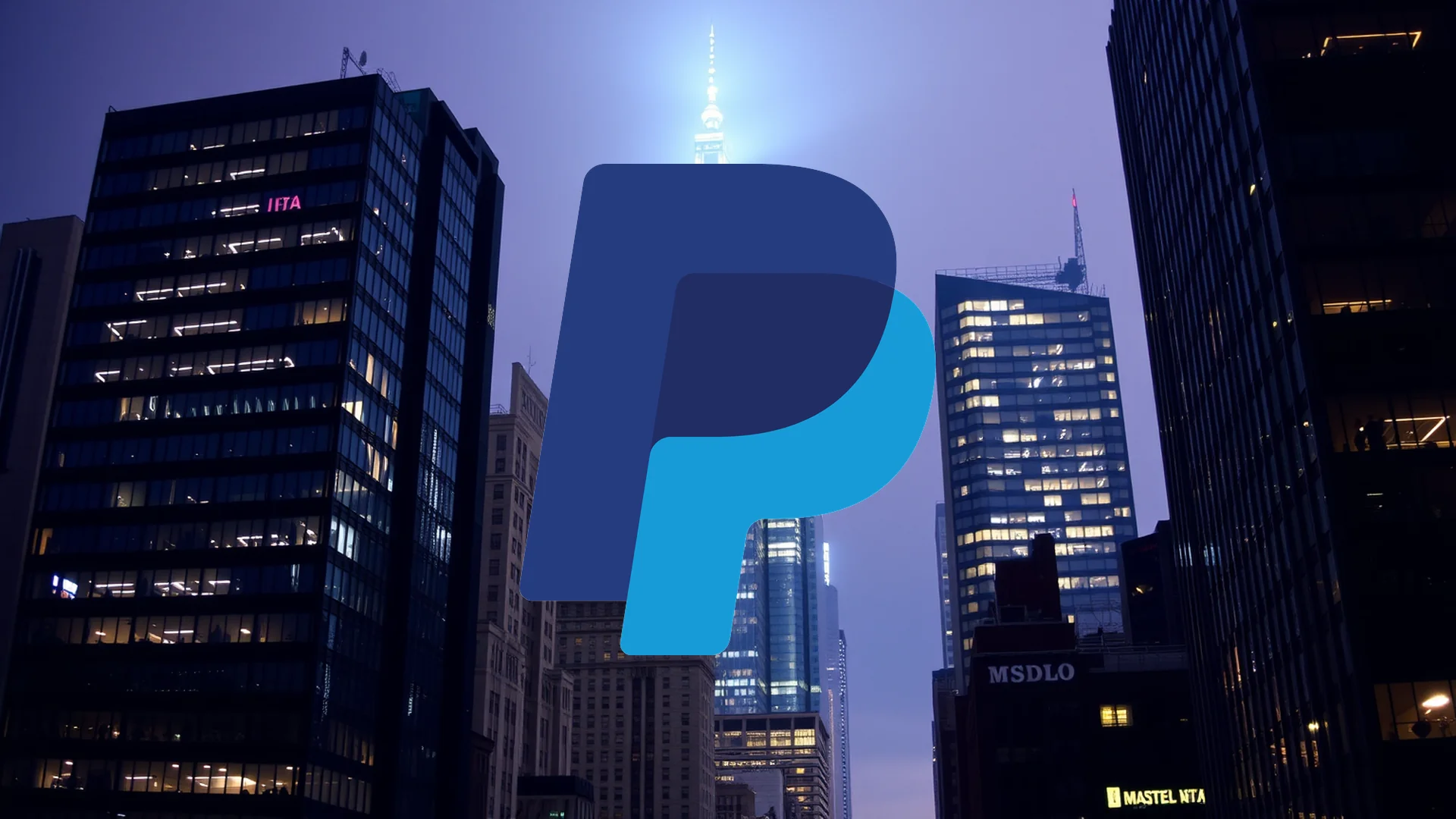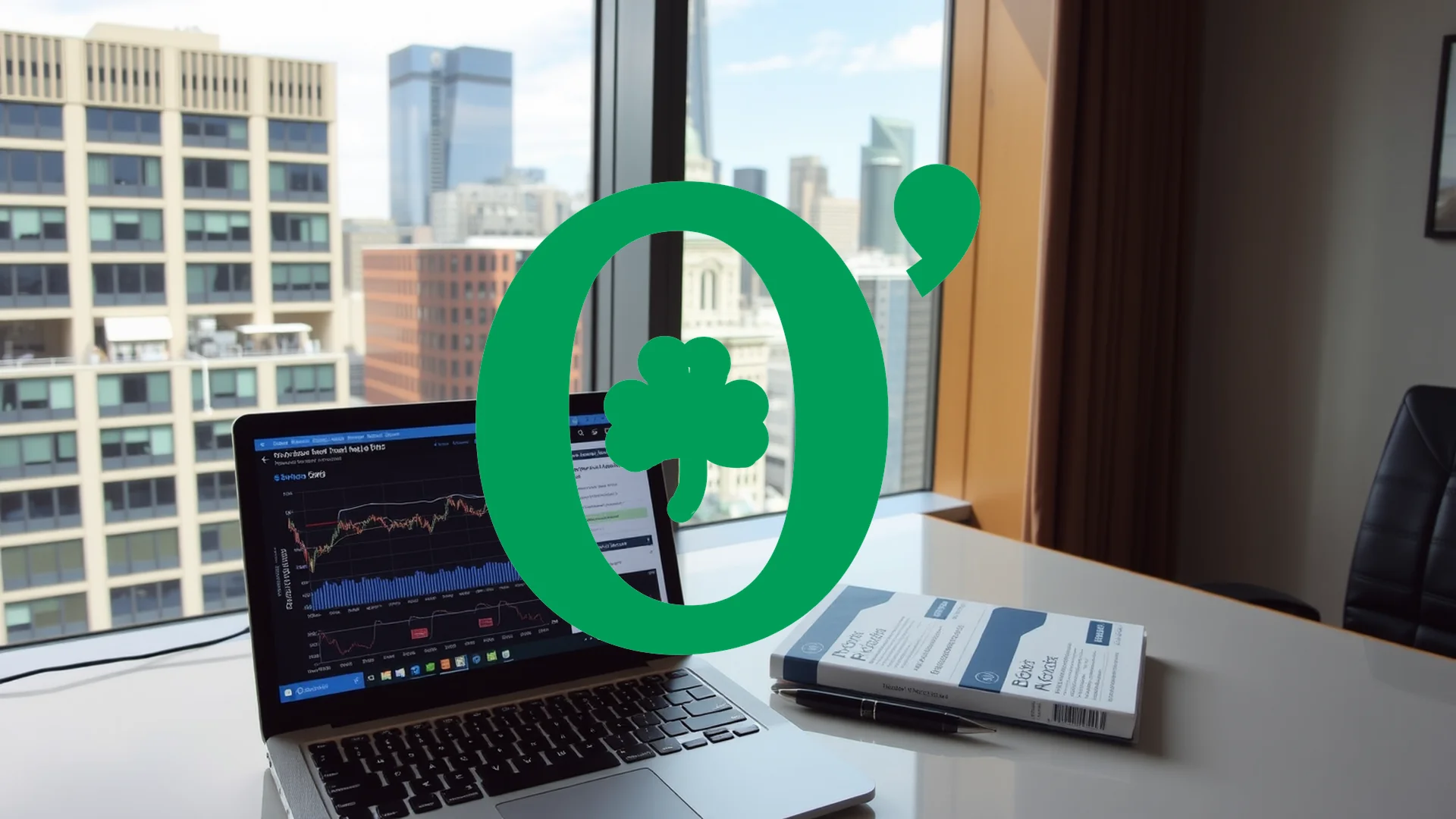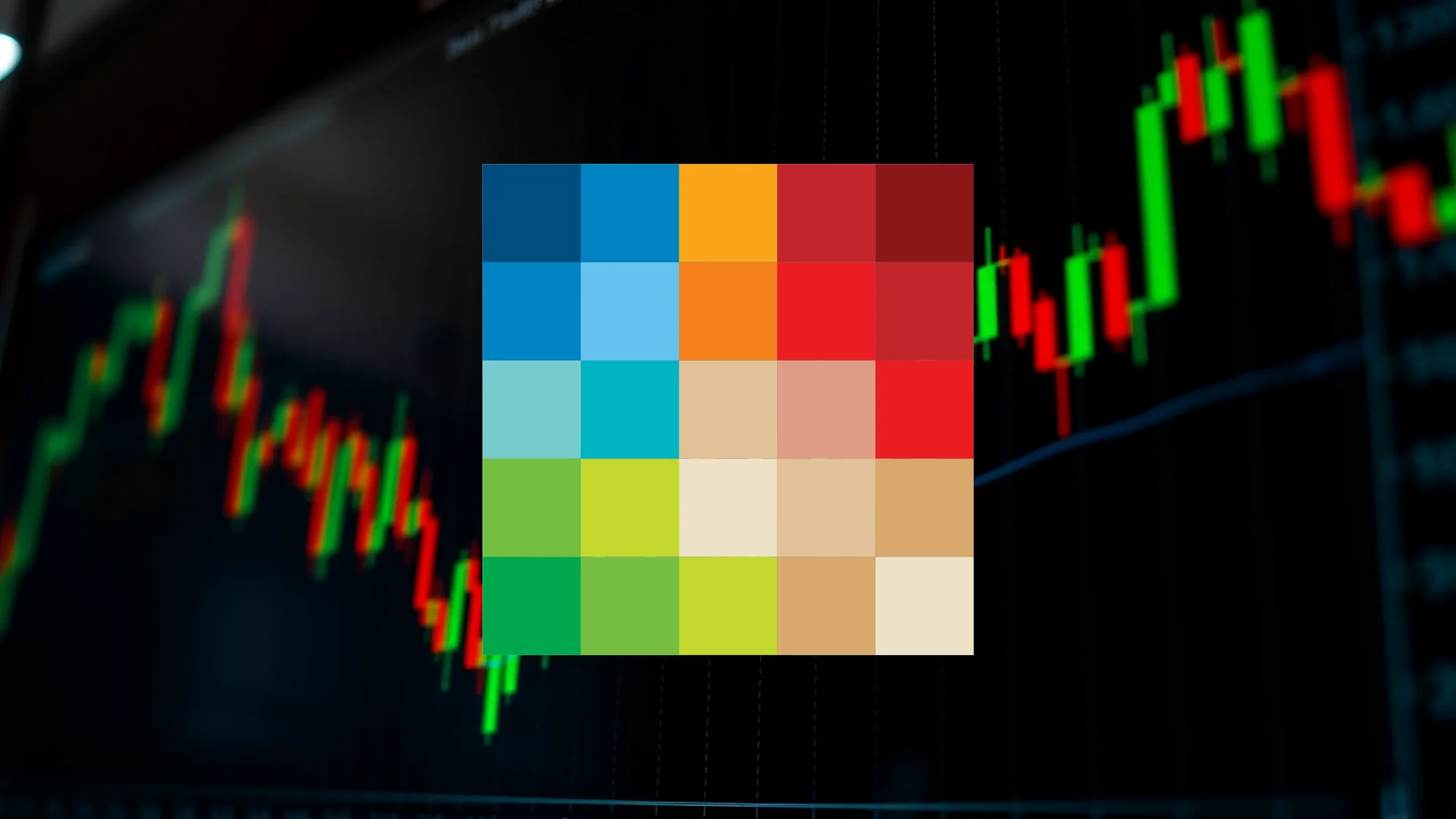The weight-loss pharmaceutical sector experienced significant turbulence following a social media post from former President Donald Trump. His call for substantial price reductions on popular GLP-1 medications sent shockwaves through the multi-billion dollar market, directly impacting industry leaders Eli Lilly and Novo Nordisk. This political intervention raises fundamental questions about the sustainability of premium pricing models in the obesity treatment space.
Market Reaction and Pricing Concerns
Financial markets responded swiftly to Trump’s proposal that diabetes and weight-management drugs like Ozempic should be priced around $150 monthly. The announcement triggered immediate sell-offs, with Novo Nordisk shares declining 7% while Eli Lilly equity fell more than 4%. This dramatic response underscores how quickly political developments can reshape pharmaceutical valuations.
Eli Lilly’s direct-to-consumer pricing strategy faces particular scrutiny. The company currently markets its weight-loss treatment Zepbound at $350 per month—more than double Trump’s suggested price point. Market observers note that direct consumer sales represent an expanding revenue stream for Lilly, and a mandatory reduction to $150 would fundamentally undermine this business approach.
Analyst Perspectives and Industry Implications
Despite the market volatility, several financial experts consider the reaction potentially exaggerated. Analysts at BMO Capital Markets highlighted that insured patients typically pay only $25 monthly for GLP-1 medications under current discount structures. They note the actual net price already sits 60-70% below listed prices due to existing rebate arrangements.
Should investors sell immediately? Or is it worth buying Eli Lilly and?
However, the political symbolism may carry more weight than immediate financial calculations. The Trump administration has previously issued pricing demands to other pharmaceutical giants including Pfizer, AstraZeneca, and Merck KGaA, signaling an escalating confrontation over prescription drug costs.
Critical Earnings Report Ahead
Investor attention now turns to October 30, when Eli Lilly is scheduled to release quarterly earnings. Market participants eagerly await clarity on how political developments are affecting GLP-1 drug commercialization. Key questions remain about whether profit margins can withstand mounting pricing pressure despite robust underlying demand.
The fundamental need for effective obesity treatments continues unabated. Industry projections indicate the weight-loss medication market could expand beyond $95 billion by 2030. The central uncertainty remains what pricing level will prevail as political and market forces collide in this high-stakes pharmaceutical segment.
Ad
Eli Lilly and Stock: Buy or Sell?! New Eli Lilly and Analysis from December 3 delivers the answer:
The latest Eli Lilly and figures speak for themselves: Urgent action needed for Eli Lilly and investors. Is it worth buying or should you sell? Find out what to do now in the current free analysis from December 3.
Eli Lilly and: Buy or sell? Read more here...

